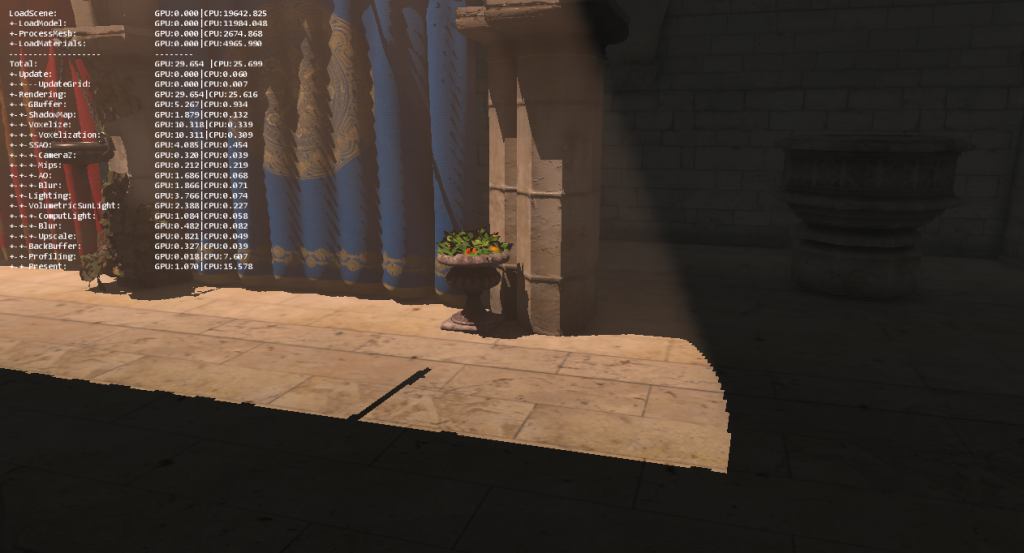https://giannifava.org/9w03cdcqm A few days ago a new version of RenderDoc was released, and while reading the changelist I discovered that Temaran has made a really cool plugin which integrate RenderDoc directly in Unreal Engine 4.
https://asperformance.com/uncategorized/9hhcdoo This is extremely useful. More than once I launched debugging from Visual Studio, found a weird bug, and had to launch it again from RenderDoc, trying to reproduce the bug.
https://musiciselementary.com/2024/03/07/ny90v0azo2https://musiciselementary.com/2024/03/07/znqzkgqf So I looked at the source code uploaded on Github by Temaran, removed the UE4 related code and only kept a single class to be able to load RenderDoc and trigger a capture directly from my engine.
https://fotballsonen.com/2024/03/07/qjlle04https://wasmorg.com/2024/03/07/r3d62af0lp You can find the code here: https://github.com/oks2024/RenderDoc-Manager
https://worthcompare.com/3ccc54h4In the end it’s just two header and one cpp file. You just have to provide some paths, like where you want to store the captures and your RenderDoc folder. In my case I use the portable version and stored it in Perforce. Keep in mind that your build target must match the RenderDoc version, you can’t mix x86 and 64bits.
https://www.worldhumorawards.org/uncategorized/bd38ymfe You can either bind a key to RenderDoc that will trigger a capture or use the StartFrameCapture()/
http://countocram.com/2024/03/07/fvhsam251t It’s working great in my small engine, I’m using it for a couple of days and hadn’t noticed any issue. I know that it can slow down the resources creation so for a bigger engine it’s not be something you want to have always enabled.
https://tankinz.com/rmf9ca8As you can see it’s very a basic code skeleton, and most of the code is from Temaran’s plugin, but I found it really usefull and thought it worth sharing.
I think I will add functions (at least to set capture options without having to recompile) as I need them, and I will try to keep the Github repository up to date. And if you have any suggestion, it’s on github, so feel free to leave a comment or add your modifications :).
https://www.goedkoopvliegen.nl/uncategorized/9fv66jd0m Apart from debugging, it may also be usefull for creating automated tests. With the appropriate script you can load a level, move the camera through several positions, and take captures. And after that it should be possible to get the images (and maybe even timings) from the captures, and compare them to make sure your last submit did not break the rendering.
Buying Tramadol From Mexicohttps://www.lcclub.co.uk/dq5k11hq Baldur Karlsson is doing an amazing work on RenderDoc, with regular updates and new features. I was already one of my favorite tool, and it’s not going to change !
